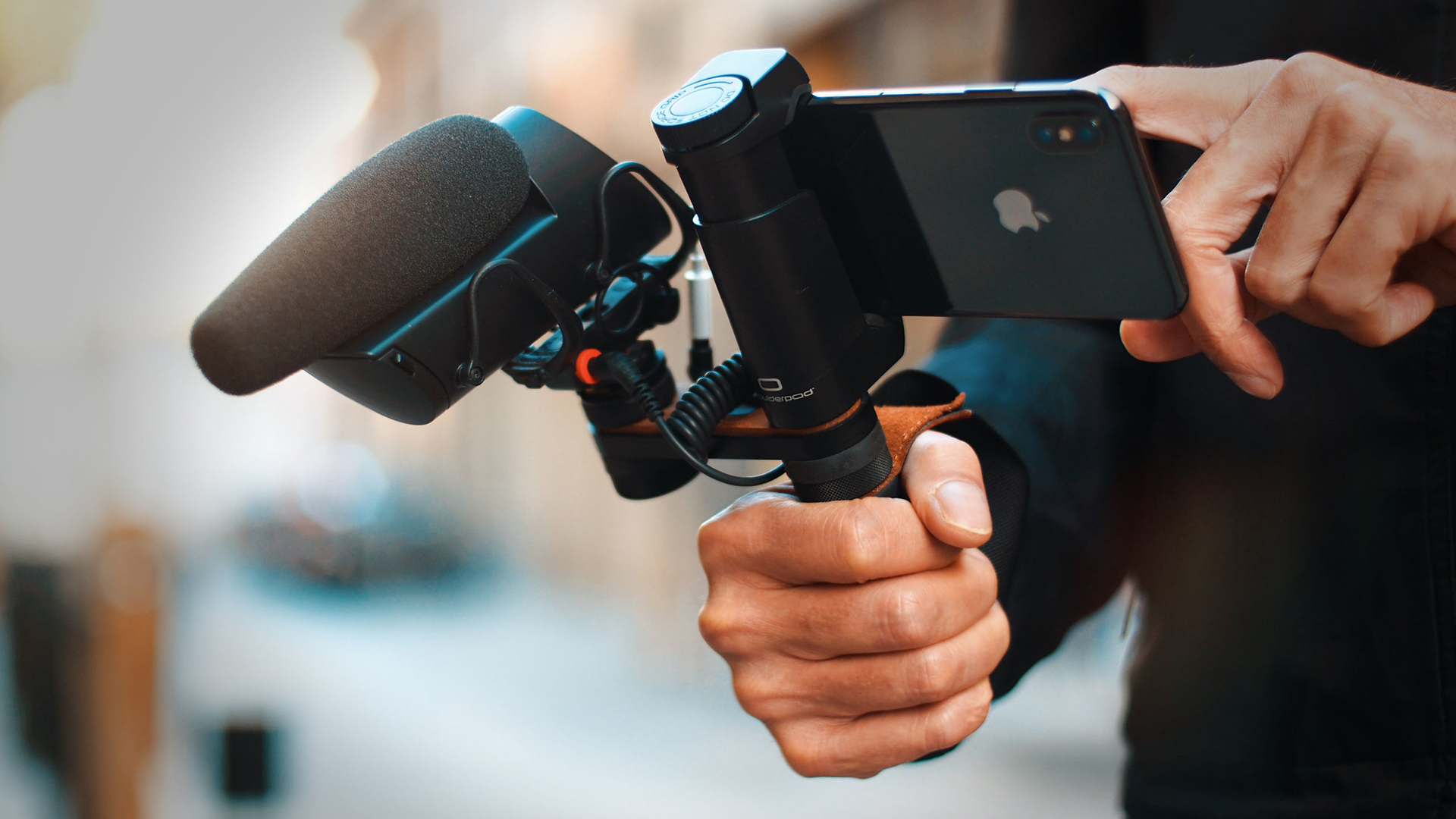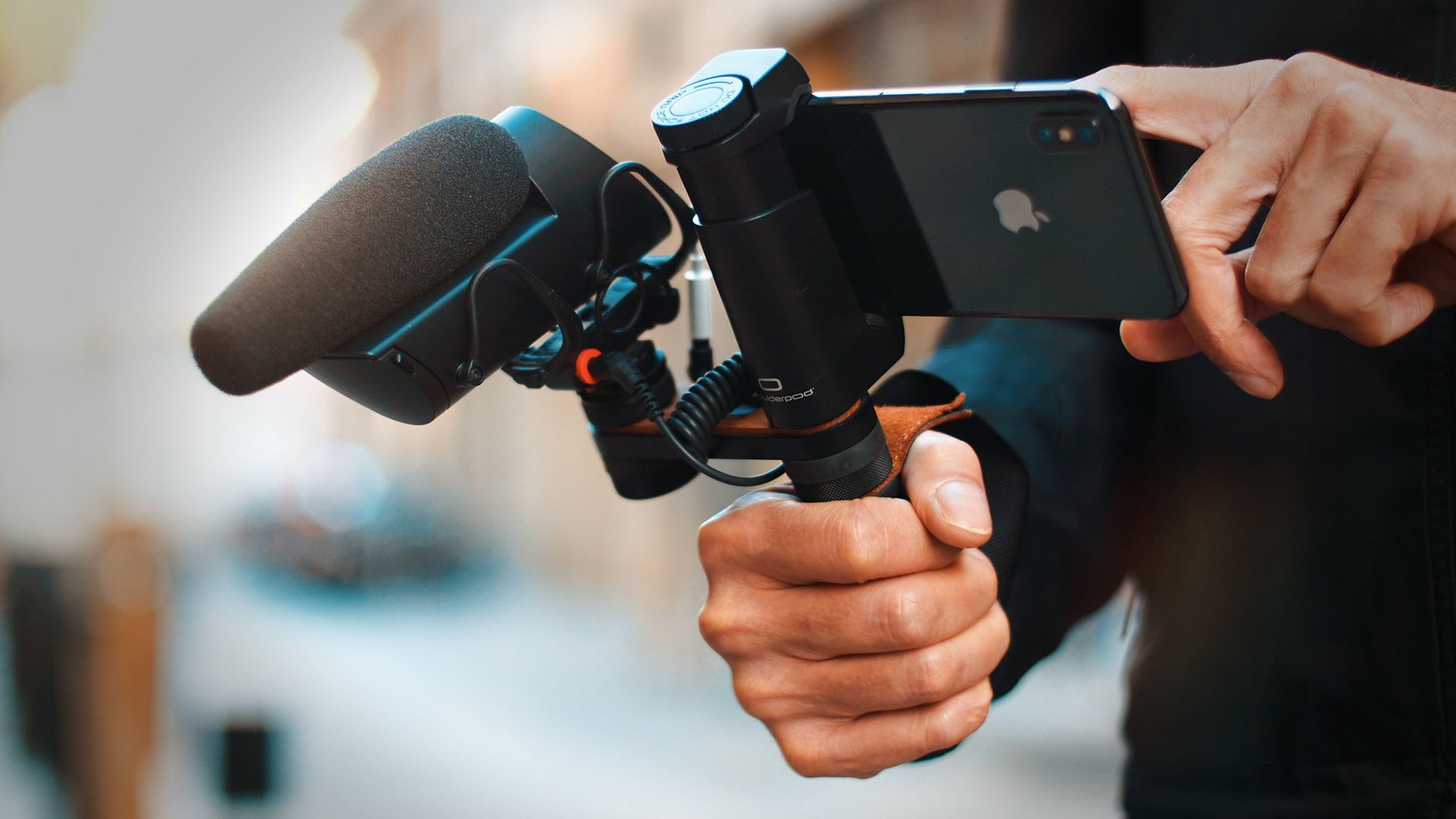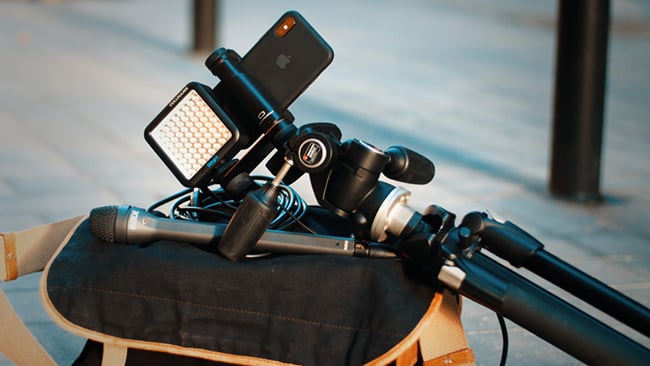

Technology has turned journalism upside down, but at the same time it has brought back an immediacy that really does put the story first.
In the beginning there were newspapers and the written word was God. Then there was radio, which was quickly followed by television. Journalism has had to adapt to all of these developments to find new ways to present the news to the public at large. Whereas once upon a time a plucky journalists weapon of choice was a pen and paper, now the field is filled with the need to gather stories in an ever more visual way, even if writing may be the primary choice of communication still.
Even television is not immune to more recent developments. In an industry that seemed pretty stable the mid-2000’s saw the BBC start sending out journalists with their own cameras, as opposed to the traditional way of having a separate camera person on hand to capture events. The main proponent of this was a man by the name of Michael Rosenblum, and the title that would now be bestowed on the news gatherers using such methods was “Video Journalist”, or VJ for short.
The world is ending!
Suffice to say that such a development did not go down well with traditional news camera people. But while some derided him as a destroyer of television standards, what he was doing was the forbearer of a full switchover to light and fast visual journalism using everything from small cameras to smartphones for the documenting of stories. The mere mention of the anachronism “VJ” is still enough to send some traditionalists into a rage even now. But the horse has already bolted.

Mobile devices are capable of very high quality video now - Image: Shoulderpod
Today we are not reliant on traditional television broadcasters for visually produced news stories. The idea of sitting down at 6pm every evening for the news is an alien concept to many people now. Every single major newspaper now has journalists producing content that would previously have been the preserve of ENG crews. And while those same ENG crew members will point out to anybody who listens how much faster to work with a traditional ENG camera is, the very real fact of the matter is that most of the new wave of mobile video journalists simply do not care. It’s the story that matters, not the intricacies of picture quality. And smaller, unobtrusive devices are allowing them to capture events in an intimate way that a great big ENG camera does not allow. It is also worth remembering what ENG stands for, "Electronic News Gathering".
They are not traditional camera people, so the idea of using three fingers to manually control an ENG lens is a foreign concept to them, but they do understand point and click technology such as that found in a smartphone app. And it is this immediacy along with highly compact and unobtrusive devices that have allowed such big changes to happen.
With fast internet becoming ever more a part of our lives as demand for smooth video streaming gets ever greater, technology has allowed anybody with a mobile device to perform live broadcast streams from pretty much everywhere. What once needed a OB truck now simply needs a device that fits into your pocket. This really is a world where stuff that was the work of science fiction only a few short years ago is now perfectly normal.
Technical standards
There is of course much discussion about the erosion of technical standards. But in the fast paced world of news, technical standards do not create an emotional story. Nobody seeing reports from the middle of a war zone for example has ever stood up and complained about the wobbly camerawork, even in the days when the shoulder mounted ENG camera ruled supreme. And in any case, what we are seeing now is two forms of visual news gathering and current affairs. There’s the fast paced VJ, who can be professional, amateur, or semi-professional, and then there’s the much more considered long form story, often shot using a ‘real’ camera to good effect. Magazines and newspapers are utilising both.
The question of journalistic standards is one for another day, because whilst technology has been an enabler of journalism in all forms for pretty much anyone with a digital camera, the saying that a lie has gone halfway around the world before the truth has even got its trousers on is even more of a truism than it ever has been before.
Regardless, technology has allowed journalism to flourish and to bring stories forward in a much more immediate way, allowing the journalist to focus on the story. But with great power comes great responsibility, and how things move forward in the future may also need scrutiny like we have never seen before as well.
Image: Shutterstock - sippakorn
Tags: Technology



Comments